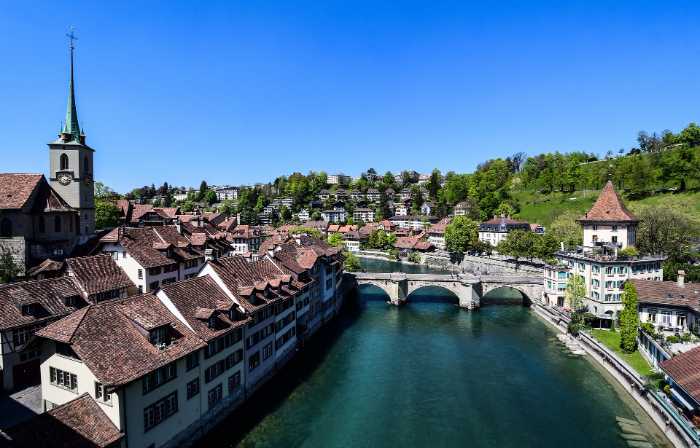
Bern
SwitzerlandBern, the charming capital of Switzerland, often surprises visitors with its unique character and intriguing history, far beyond its picturesque riverside setting. It wasn't always the Swiss Confederation's definitive heart; other cities like Zurich and Lucerne held significant influence at various points, a testament to Switzerland's decentralized political landscape. Yet, Bern's central location and historical significance ultimately solidified its role as the federal city. Consider this: Bern's very name is said to derive from the German word for "bear" (Bär). Legend has it that the city's founder, Duke Berthold V of Zähringen, vowed to name the settlement after the first animal he hunted in the area, and as fate would have it, that creature was a bear. This enduring connection is evident throughout the city, from the Bear Park (BärenPark) along the Aare River to countless bear motifs adorning fountains, flags, and buildings. Intriguingly, Bern's Old Town (Altstadt), a UNESCO World Heritage site, boasts an impressive network of covered arcades known as "Lauben." Stretching for over six kilometers, these unique walkways provide shelter from both sun and rain, creating a distinctive architectural feature and a delightful space for strolling, shopping, and enjoying the city's atmosphere regardless of the weather. Another fascinating aspect of Bern lies in its surprisingly relaxed pace of life. Despite being the political center of Switzerland, it exudes a small-town charm, with locals often taking their time and enjoying the simple pleasures. In fact, studies have suggested that Bern has one of the slowest average walking speeds among European capitals, perhaps reflecting this unhurried approach to life. Beyond its architectural and cultural quirks, Bern holds a significant place in scientific history. Albert Einstein lived and worked in Bern for several years in the early 20th century, while employed at the Swiss Patent Office. It was during his time in Bern that he developed his groundbreaking theory of relativity, and his former apartment is now a museum, offering a glimpse into the life of this scientific genius. Furthermore, Bern is the birthplace of the world-famous Toblerone chocolate bar. Theodor Tobler and Emil Baumann invented the distinctive triangular treat in Bern in 1908, inspired by the Matterhorn mountain. To this day, every Toblerone bar is still produced in the city, a sweet reminder of Bern's contribution to global confectionery. Finally, for a city of its size, Bern has an impressive amount of green space. The Aare River gracefully loops around the Old Town, offering opportunities for swimming and leisurely walks along its banks. The Rose Garden (Rosengarten), perched on a hill overlooking the city, provides stunning panoramic views and a fragrant escape, showcasing Bern's harmonious blend of urban living and natural beauty. To explore Bern is to encounter a city where the legend of a bear intertwines with medieval arcades, a relaxed atmosphere fostered intellectual breakthroughs, and a globally recognized chocolate was born, all contributing to its unique and captivating appeal.
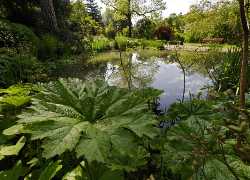 University of Bern Botanical Garden
Botanical Garden
University of Bern Botanical Garden
Botanical Garden
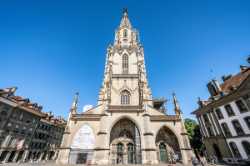 Bern Minster
Church
Bern Minster
Church
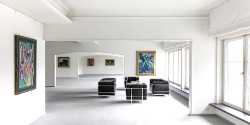 Galerie Henze & Ketterer
Gallery
Galerie Henze & Ketterer
Gallery
 Galerie Bernhard Bischoff & Partner
Gallery
Galerie Bernhard Bischoff & Partner
Gallery
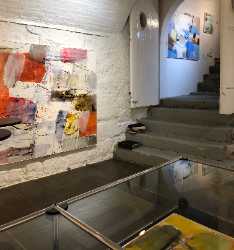 Galerie Kunstreich
Gallery
Galerie Kunstreich
Gallery
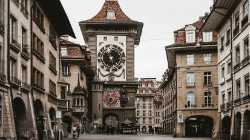 Zytglogge
Historical landmark
Zytglogge
Historical landmark
 Federal Palace
Monument
Federal Palace
Monument
 Gurten
Mountain
Gurten
Mountain
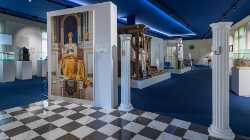 Musée Freimaurer Museum Schweiz
Museum
Musée Freimaurer Museum Schweiz
Museum
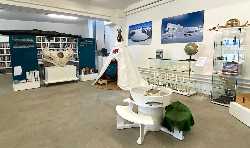 The Museum of Contemporary Circumpolar Art
Museum
The Museum of Contemporary Circumpolar Art
Museum
 Tram-Museum Bern
Museum
Tram-Museum Bern
Museum
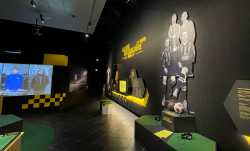 YB Museum
Museum
YB Museum
Museum
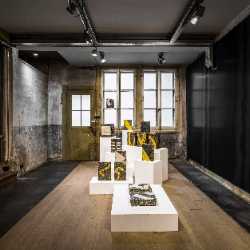 Kulturmuseum Bern
Museum
Kulturmuseum Bern
Museum
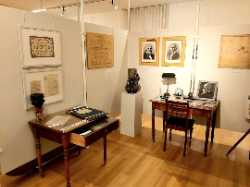 Psychiatrie‑Museum
Museum
Psychiatrie‑Museum
Museum
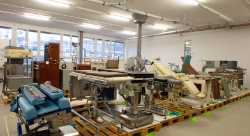 Medizinsammlung Bern
Museum
Medizinsammlung Bern
Museum
 Antikensammlung
Museum
Antikensammlung
Museum
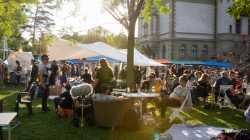 Museumsquartier
Museum
Museumsquartier
Museum
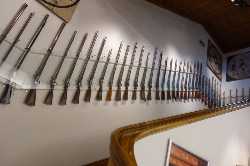 Schweizer Schützenmuseum Bern
Museum
Schweizer Schützenmuseum Bern
Museum
 Klingendes Museum Bern
Museum
Klingendes Museum Bern
Museum
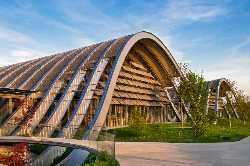 Zentrum Paul Klee
Museum
Zentrum Paul Klee
Museum
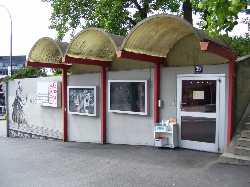 Schweizerische Theatersammlung
Museum
Schweizerische Theatersammlung
Museum
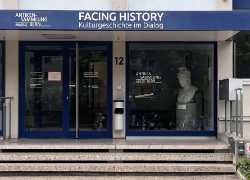 Facing History
Museum
Facing History
Museum
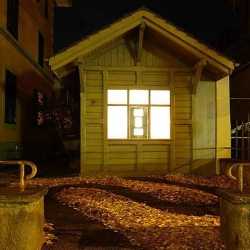 Das kleine Kunsthaus
Museum
Das kleine Kunsthaus
Museum
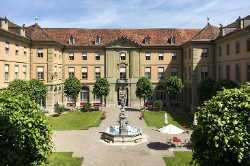 Berner Generationenhaus
Museum
Berner Generationenhaus
Museum
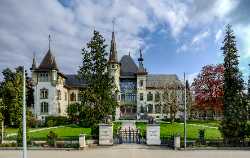 Bern Historical Museum
Museum
Bern Historical Museum
Museum
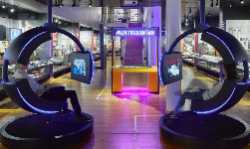 Museum of Communication
Museum
Museum of Communication
Museum
 Kornhausforum
Museum
Kornhausforum
Museum
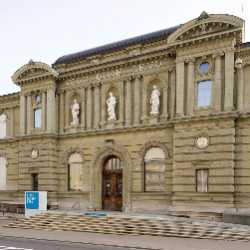 Kunstmuseum Bern
Museum
Kunstmuseum Bern
Museum
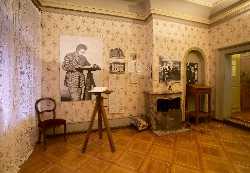 Einstein House
Museum
Einstein House
Museum
 Naturhistorisches Museum Bern
Museum
Naturhistorisches Museum Bern
Museum
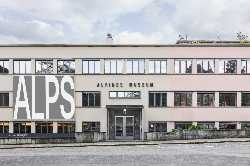 Alpine Museum of Switzerland
Museum
Alpine Museum of Switzerland
Museum
 Kindermuseum Creaviva
Museum
Kindermuseum Creaviva
Museum
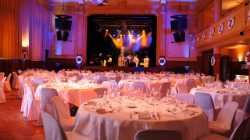 Bierhübeli
Music Venue
Bierhübeli
Music Venue
 Sternwarte Gurten
Observatory
Sternwarte Gurten
Observatory
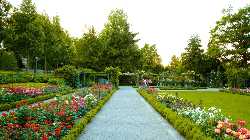 Rose Garden
Park
Rose Garden
Park
 Bear Park
Park
Bear Park
Park
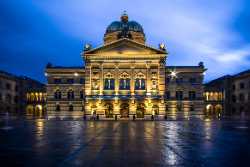 Bundesplatz
Square
Bundesplatz
Square
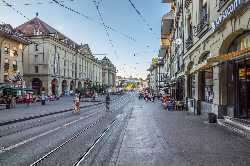 Kornhausplatz
Square
Kornhausplatz
Square
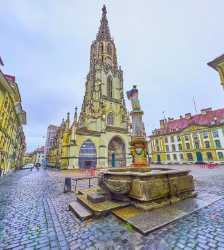 Münsterplatz
Square
Münsterplatz
Square
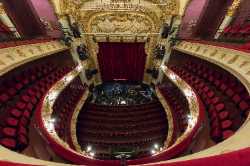 Bühnen Bern
Theatre
Bühnen Bern
Theatre
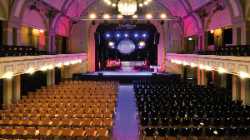 National Theater
Theatre
National Theater
Theatre
 Kunsthalle Bern
Theatre
Kunsthalle Bern
Theatre
 Galerie SOON
Theatre
Galerie SOON
Theatre
 Schlachthaus Theater Bern
Theatre
Schlachthaus Theater Bern
Theatre
 Theater Matte Bern
Theatre
Theater Matte Bern
Theatre
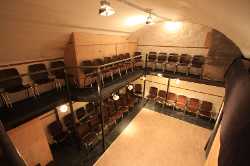 Zytglogge Theater
Theatre
Zytglogge Theater
Theatre
 Theater an der Effingerstrasse
Theatre
Theater an der Effingerstrasse
Theatre